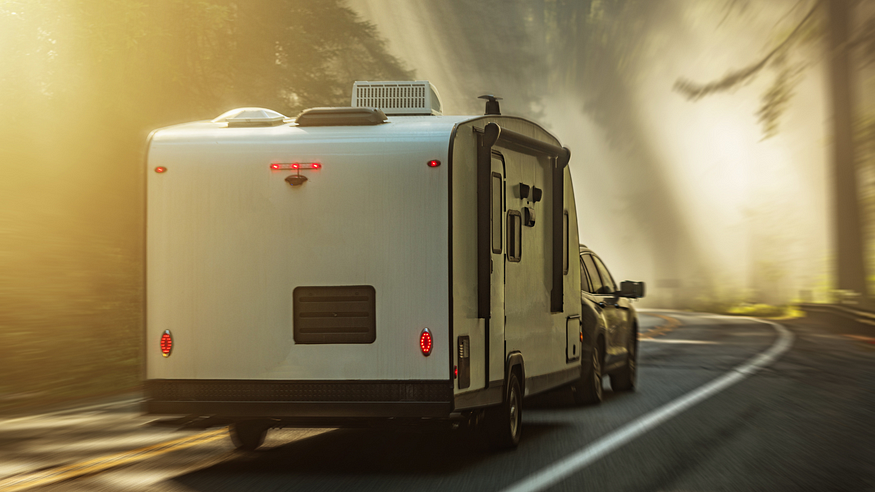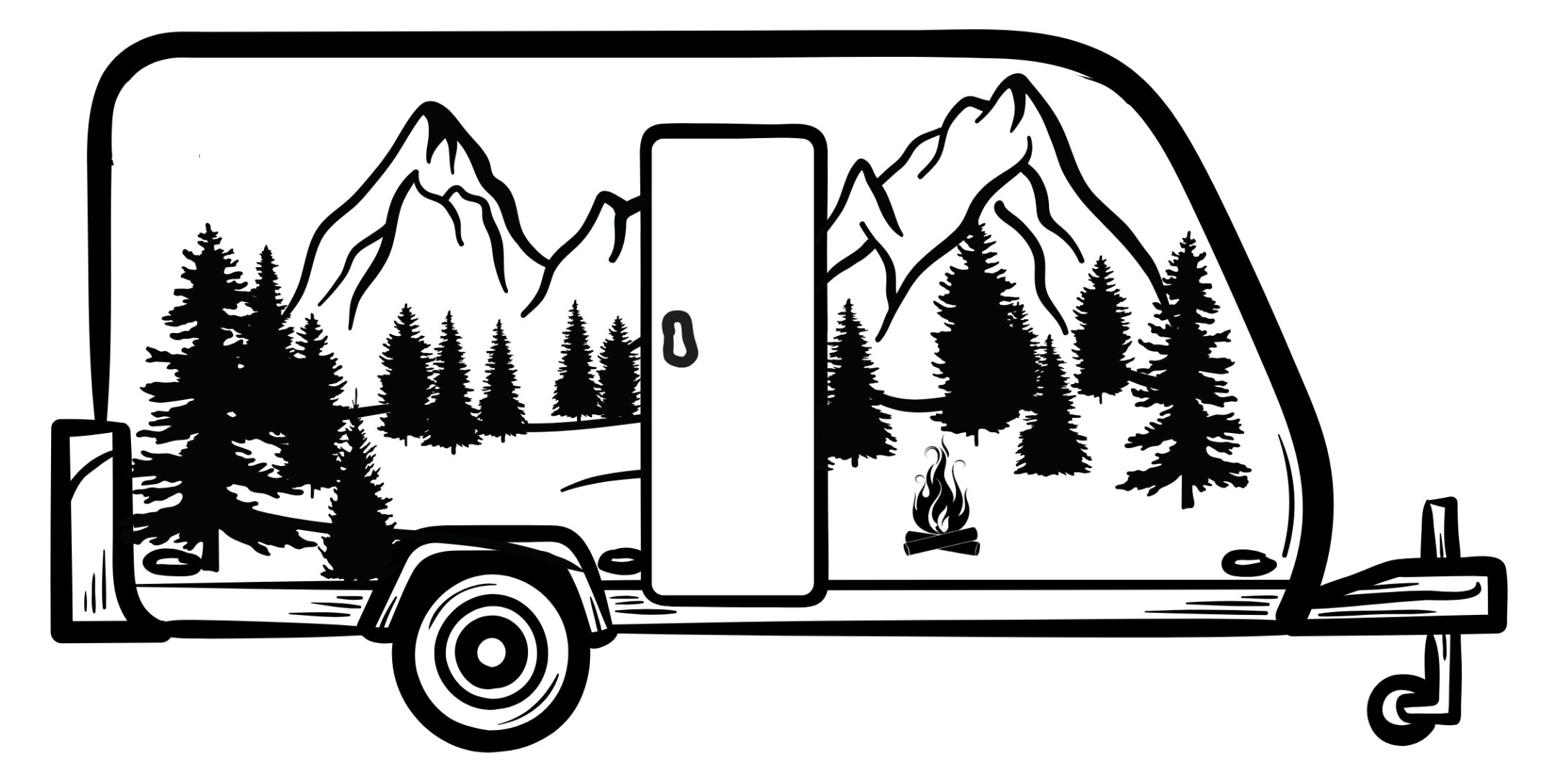“I’m looking at getting an RV and are wondering what the good (or worst) RV brands are?” A natural question to ask, and one I see/hear almost everyday as a Certified RV Inspector. But it’s the wrong way to approach RV shopping and narrowing down your RV choice.
First, a quick introduction to the world of RV manufacturing.
How many RV brands do you think there are?
If you guessed a couple dozen, think more!
There are over 100 that I know of, with the actual number probably being closer to 200–300. The actual number varies as some specific brands or manufacturers go out of business, new ones start, and sometimes they merge or are acquired.
The big three are Thor, Forest River, and Winnebago. Collectively, they are responsible for an estimated 85% of the RV’s produced every year. To clarify, these are not three brands but rather manufacturing ownership groups. Brands under these three include:
Thor
- Keystone
- Tiffin (since 2020)
- Jayco
- Entegra
- Highland Ridge
- Starcraft
- Dutchmen
- Heartland
- Cruiser RV
- Crossroads
- DRV
- KZ
- Airstream
(Did that last one surprise you?)
Forest River
- Coachmen
- Palomino
- East to West
- Prime Time
- Dynamax
- Shasta
- Rockwood
- Viking
Winnebago
- Grand Design
- Newmar
- Previously Itasca, brand has been retired
There are a few more groups, notably REV group that owns a half dozen brands, but the remaining 15% made are mostly independent brands.

Pros and Cons of Thor/Forest River/Winnebago
Big Company Pro #1: In general, pricing may be lower than the exact same RV being made by an independent brand, thanks to cost savings by mass producing. This is not true across the board though and is very much a generalization.
Big Company Con #1: With mass producing, you are likely facing a quantity over quality issue- the most well known con of this situation.
Big Company Pro #2: Another benefit of bigger brands is because there are more of them, it can be easier to get parts for them and oftentimes RV techs or more familiar with the systems.
Big Company Con #2: If you find yourself with a major issue on your RV, it can be difficult to manage their customer service.
Big Company Pro #3: They are more likely to weather any storms like supply interruptions or financial troubles due to their extensive resources.
Pros and Cons of Independent Brands
Independent Pro #1: More of a focus on quality over quantity.
Independent Con #1: They may contain parts or systems that are not as familiar to RV techs, and those parts may be harder to acquire.
Independent Pro #2: While some of the bigger brands have notable owner rallies or owner resources (such as Grand Design), independent brands usually shine at creating owner groups and events.
Independent Con #2: Every year, independent brands go out of business or merge. In fact, this happened to me. As a result, owners are left hanging with oftentimes a lack of replacement parts, customer service, etc. Even if it gets sold to another company, the smoothest of handovers will result in cracks in the system for issues to slip through.
Independent Pro #3: More likely to retain a higher resale value. If you buy an independent brand new, you are more likely (but again, not always) get a higher resale value on it.
When it comes down to it, all RV’s are made by humans; there’s always a chance of human error being present.
The internet shows a skewed perspective
If you google or ask in a Facebook group or online forum for reviews of a certain brand, you’re mostly going to get the negative reviews. You are likely going to experience a sample bias, where you seeing more of the negative side of things. For humans, experiencing a negative emotion often sticks with them longer, leading them to be more likely to post about negative things then when everything is going fine and they’re happy.
What it comes down to
This should be your takeaway: focus less on the brand, and more on finding the right (specific model) RV for you. That can be based on your style of camping, the floorplan, specific needs and wants in the RV, maybe even storage or campsite restrictions. What is the best RV for me will probably not be the best RV for you. Your needs and wants will also change over the years, so what is the right RV for you today may not be the right RV for you in 5–10 years.
Here’s what I recommend to start your search.
- Go to an RV show, or more than one. Wander through all sorts of brands, types, floorplans. Even if you think you’re set on a towable for example, check out some motorhomes.
- Rent an RV, and start getting a feel for what you like or don’t like. Cruise America is a national rental company, and you can find peer-to-peer rentals on Outdoorsy, RV Share, and RV by Military. You can also Google “RV Rental near me” as some companies serve specific areas/cities.
- Consider the RVDA Quality Circle Awards. If you need a starting point, consider looking at the RV Dealer’s Association Quality Circle Awards. Keep in mind this is based on dealer (not consumer) feedback annually, in four categories: Reliability/quality, Parts, Warranty, & Sales. In general though, if a large number of consumers are having issues with a certain RV brand/model, you can bet the dealerships are seeing that and likely feeling it in their service departments. So it can be a good starting criteria- find the lists here.
- As you start getting a better understanding of RV’s in general and their systems and features, then you can start making a list and looking at specific models/floorplans.
- Keep in mind that things will break on your RV. How can they not when you subject a large block on wheels to hurricane force winds and earthquake-like movement? Don’t go into RV life expecting perfection and you will be able to manage your expectations better.
Better than a Brand Review: A Pre-Purchase Inspection
Once you find the right model(s) RV, you are nearing the end of the shopping process. As you enter the buying process, get a pre-purchase RV inspection for the specific RV you are buying from a certified RV inspector (think home inspector for RV’s). You can do this for a new or used RV, private sale or at a dealership. The pre-purchase inspection by an NRVIA certified inspector will take 4–10 hours on site, break down any issues into 1- life safety issues, 2- major issues, 3- minor issues, and 4- inspector comments. You will be able to make an informed decision about buying that RV. Learn more about that process here.
I’m a Certified RV Inspector and Certified RV Technician serving Virginia and Maryland. Reach out if you are shopping for an RV!

